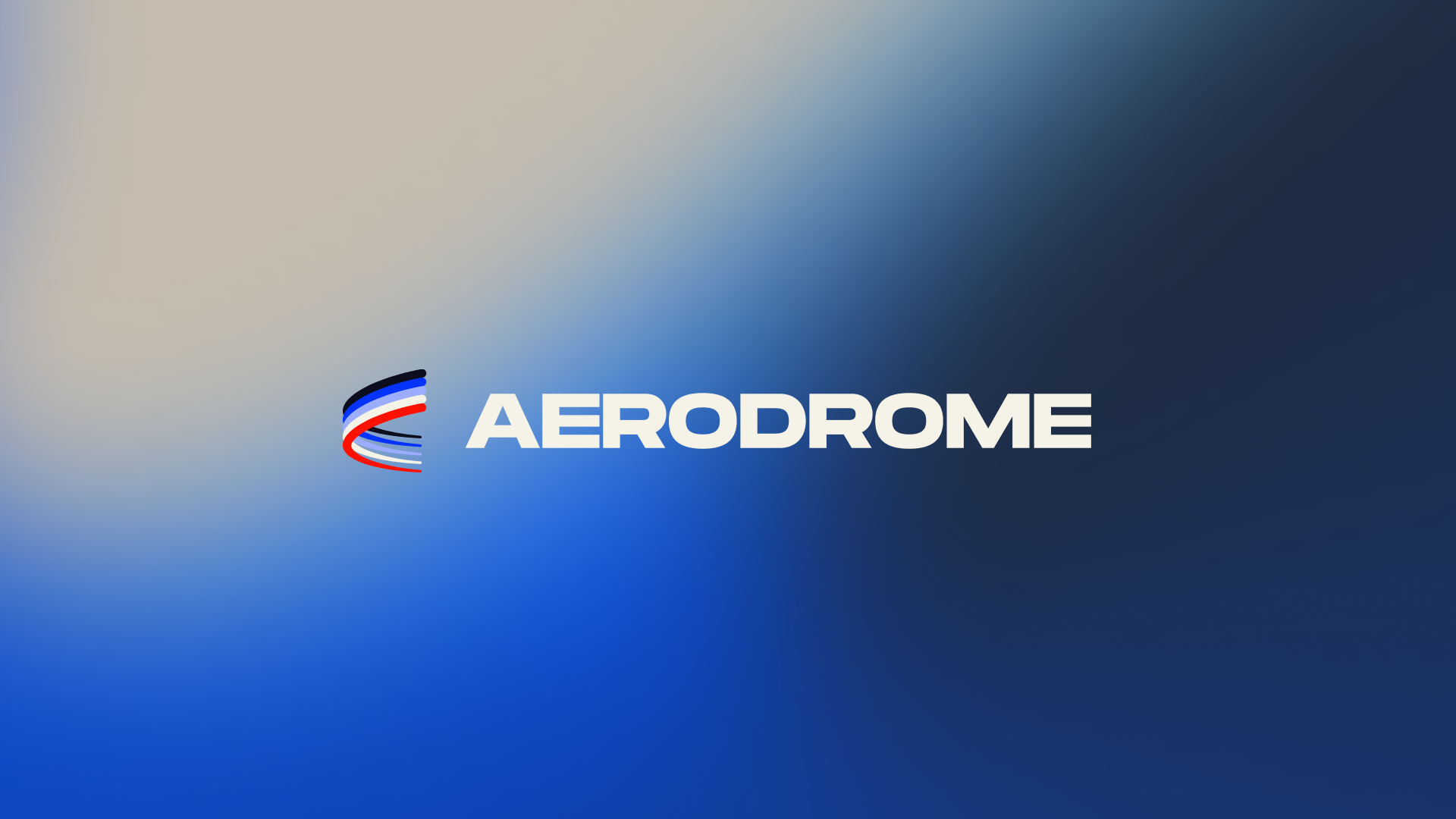
What Is Velodrome?
Velodrome (VELO) was a fork of the famous project, Solidly, which originated on the Fantom blockchain as the brainchild of DeFi legend, Andre Cronje. The project aimed to combine the concepts of Curve Finance’s vote-escrow model and the (3,3) game theory behind OlympusDAO to create a liquidity hub for the entire chain. However, the Solidly project was abandoned shortly after its launch, when Andre Cronje abruptly left the DeFi space.Nevertheless, the idea lived on, and one of the strongest teams which was competing to accumulate SOLID tokens, veDAO, decided to migrate the concept to the then up-and-coming Ethereum L2, Optimism.
Velodrome built on the Solidly concept and grew the protocol over time on the new chain. Today, Velodrome is the largest protocol on Optimism, holding more than 24% of the chain’s TVL.
What Is Aerodrome?
Back to Aerodrome, Aerodrome is an automated market maker (AMM) protocol, designed to serve as the central liquidity hub for Base, taking the Velodrome V2 model as reference to incentivize liquidity on the protocol. While Aerodrome was built in partnership with Velodrome, the two protocols are independent and separate entities.
AERO Token and VeAERO
The flywheel begins with the Aerodrome token, AERO, which is a utility token and its governance token. AERO holders can choose to vote-escrow their tokens for a duration of up to four years, for which they receive a veAERO NFT representing their position. Voting power granted to the user will be based on the amount locked and its duration, in a linear relationship.For the same amount of AERO locked, a position locked for four years will have four times the voting power as that of one that is locked for only one year. To reduce dilution from emissions, veAERO holders also receive a weekly rebase proportional to the emission and the amount of AERO locked.
As a holder of a veAERO NFT, these users are then able to vote weekly to determine which liquidity pools AERO emissions should be directed to. AERO emissions for the week will then be proportionately distributed to the liquidity pools based on the collected votes from veAERO holders. In return, these voters receive 100% of all trading fees generated by the liquidity pool(s) they voted on.
Bribes and Liquidity Incentivization
Additionally, external protocols looking to incentivize specific pools (also known as bribing), can also add additional token incentives to specific pools to encourage voters to vote for their pools. For example, a new protocol releasing a token could incentivize liquidity for their token through bribes on their pool. These incentives can be paid in any of the supported tokens on Aerodrome. These incentives are then earned by voters who voted on these incentivized pools.
Through this incentive mechanism, protocols are able to generate more than $1 of liquidity in their pools for every $1 spent on bribes.
Locking up AERO
Currently, Aerodrome is open for token swaps and liquidity provision. There are currently over 100 pools on the platform, with 31 tokens listed so far.
AERO holders can also lock up their AERO now for veAERO NFTs for up to a duration of four years. Doing so will allow them to vote on liquidity pools as described above. Additionally, the bribe system is open for deposits, enabling users and protocols to incentivize specific pools.
Aerodrome Tokenomics
Aerodrome’s tokenomics were designed to create a fair launch for the token, with no pre-sale and no external investors. The total supply sits at 500 million tokens, with 450 million to be distributed as veAERO.Aerodrome’s largest allocation goes to VELO lockers, in recognition of their contributions to the Optimism and Velodrome ecosystems and as experienced DeFi users. 40% of the AERO total supply has been airdropped proportionally to veVELO lockers as veAERO, allowing them to begin voting on liquidity pools on Aerodrome.Much like Velodrome, Aerodrome is designed to support ecosystem growth and public goods on Base. As such, 21% of the supply has been allocated to Ecosystem Pairs and Public Goods, with another 10% allocated to Protocol Grants.
Another 5% has also been allocated to incentivizing AERO liquidity pools to constantly ensure sufficient liquidity for the AERO token.
The team allocation is 14% of the total supply which is locked for between two to four years.
As for the remaining 10% of the supply which will be allocated at AERO, 8% will go to voter incentives which are used to match ecosystem protocol incentives or to attract votes to critical pools. The final 2% will be allocated to the genesis liquidity pool which was paired with USDC at launch.
AERO Token Emissions
On the emissions front, weekly emissions will begin at 10 million AERO, with a 3% increase per week for the first 14 weeks to incentivize rapid protocol growth. This emission rate will decay at 1% a week from week 15 onwards to reduce the overall token inflation over time.
Eventually, the monetary policy of the protocol is designed to be controlled by veAERO voters, similar to how Velodrome’s veVELO voters do. This will occur when emissions fall under 9 million tokens per week, which is expected to occur in the 67th week from launch. Voters can then vote to maintain current emissions or increase or decrease emissions by 0.01%.


















